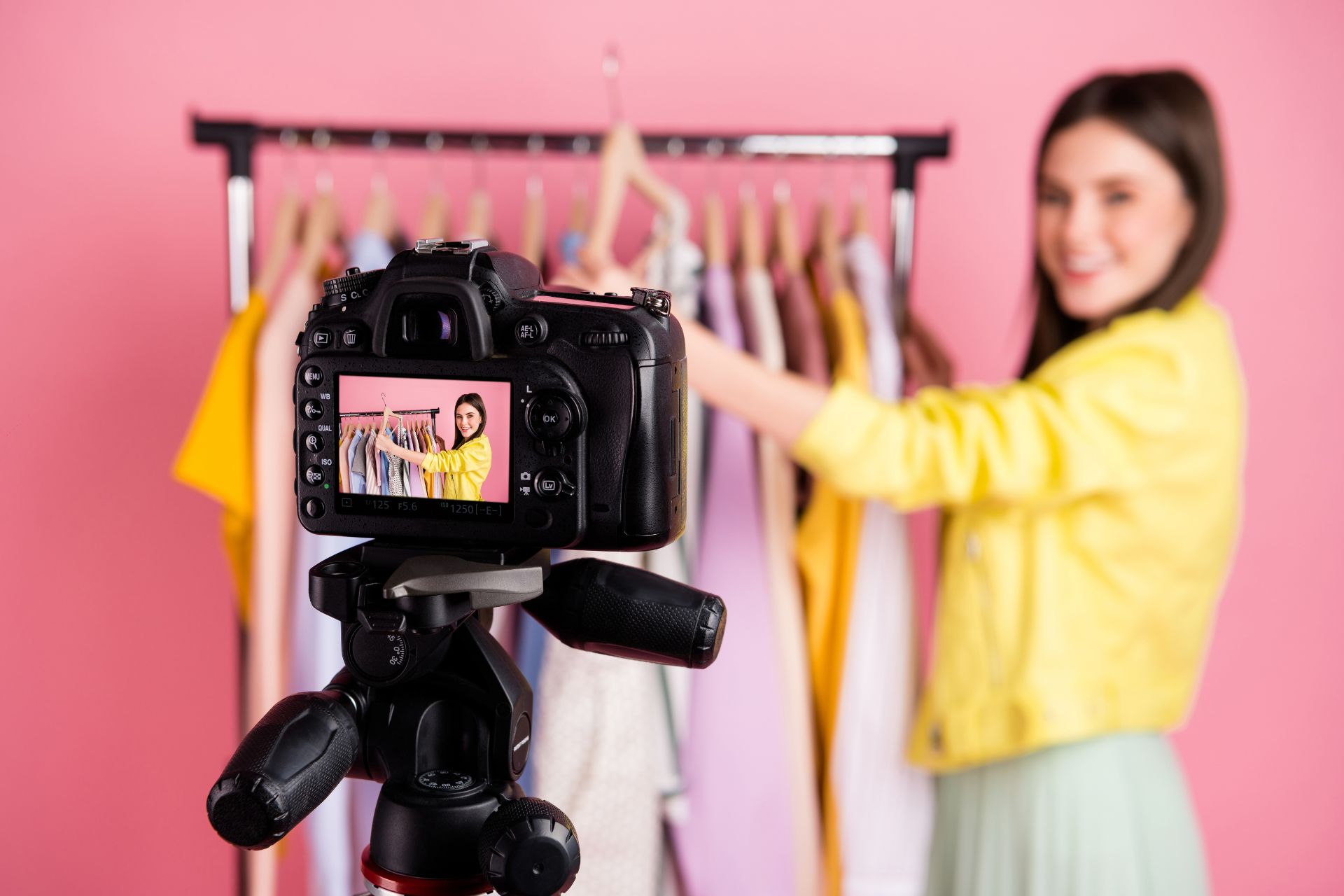Product Advertising Principles That Turn Browsers Into Buyers

Open any social media feed or marketplace today, and one thing is clear: everyone is selling something. The sheer number of product listings makes standing out incredibly tough. Even having the best product in your category is no longer enough.
The primary goal of modern product advertising is to grab attention and make a lasting impression before the next scroll pulls viewers away. To succeed, today’s leading brands apply a deceptively simple idea: people don’t buy products; they buy feelings and outcomes.
Take Cards Against Humanity, for example. Their early ads looked like ransom notes, yet they sold millions by tapping into a shared inside joke. Or Liquid Death, who turned water into a heavy metal anthem. These brands understood what struck a chord with their audience and doubled down on it.
To help you do the same, this article briefly examines the state of product advertising today, three proven principles for effective ads, and how formats like video can make your ad spend work harder for you.
Why Product Advertising Feels Harder Today
A decade ago, advertising a product online meant you could rely on Facebook ads, a decent landing page, and maybe a discount code. Today, however, things are different.
Every niche is crowded. Instagram, TikTok, and YouTube are packed with brands shouting for attention, and often, they’re all saying the same thing. Gen Z loses interest in ads after just 1.3 seconds, and the rest of us aren’t much better. Add to that the fact that the average consumer is exposed to anywhere from 6,000 to 10,000 ads per day. The fatigue is real.
There’s also a simple, inconvenient truth to consider: people don’t care about your product unless you give them a reason to. Specs, discounts, and free shipping are no longer differentiators. They’re table stakes. And that’s why even brilliant products with strong reviews and loyal customers can still struggle to convert.
Holding and keeping attention is now everything. Studies show people retain 95% of a message when they watch it in video form compared to just 10% from text. That’s a crystal clear signal that how you display your product matters just as much as what you’re selling.
So what does it take to truly win attention today and keep it long enough to drive real results? Let’s break it down.
3 Principles Behind Product Ads That Actually Convert
The best product ads today tend to have a few things in common. They follow a clear structure designed to compel action. Here are three principles every ecommerce brand should build its ads around.
Make People Feel Something
People rarely remember what they scrolled past anymore. But they remember how something made them feel. That’s the #1 job of product ads today: to tap into emotion, whether that’s curiosity, nostalgia, humor, desire, or even rebellion.
When Liquid Death started selling canned water with horrorcore branding, they didn’t just capture attention. They created a visceral reaction.
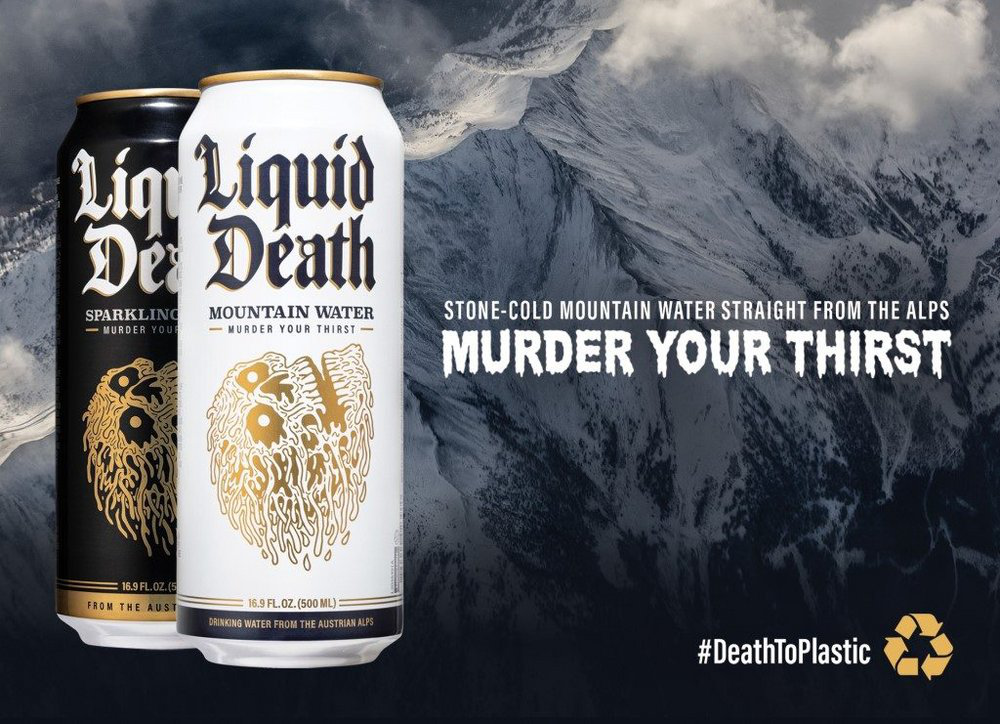
People laughed, shared, argued, and, of course, bought so many products that it made the company a billion-dollar brand. Not because of the water, but because of what the brand represented.
Smaller brands do this well, too. Take Vacation Inc., for instance. They sell sunscreen that feels like a 1980s beach holiday. Every ad of theirs (from the scent description to the video tone) sparks a specific mood. It doesn’t scream SPF. It sells escapism.
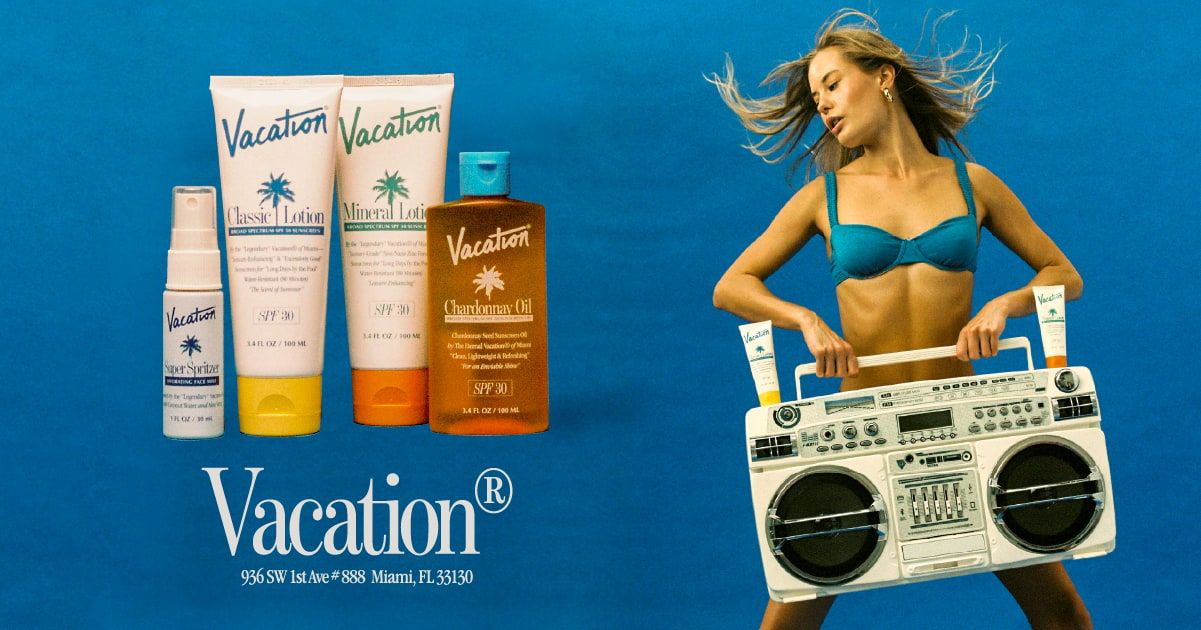
Neither product above is particularly revolutionary. Their advertising makes them feel that way because it speaks to emotions first.
Emotions help people connect dots faster. They also make your brand more memorable in a space where sameness is the norm. So, before you show off your product, it helps to ask yourself: “What do I want someone to feel when they see this?”
Make the Product the Star, But in Context
Nobody wants a generic product close-up anymore. Consumers want to see how the product fits into their lives. They want to watch someone just like them use it, enjoy it, and recommend it. That’s why “point-of-view” and “first-person demo” content wins big today, like this example from Aussie Crafter:
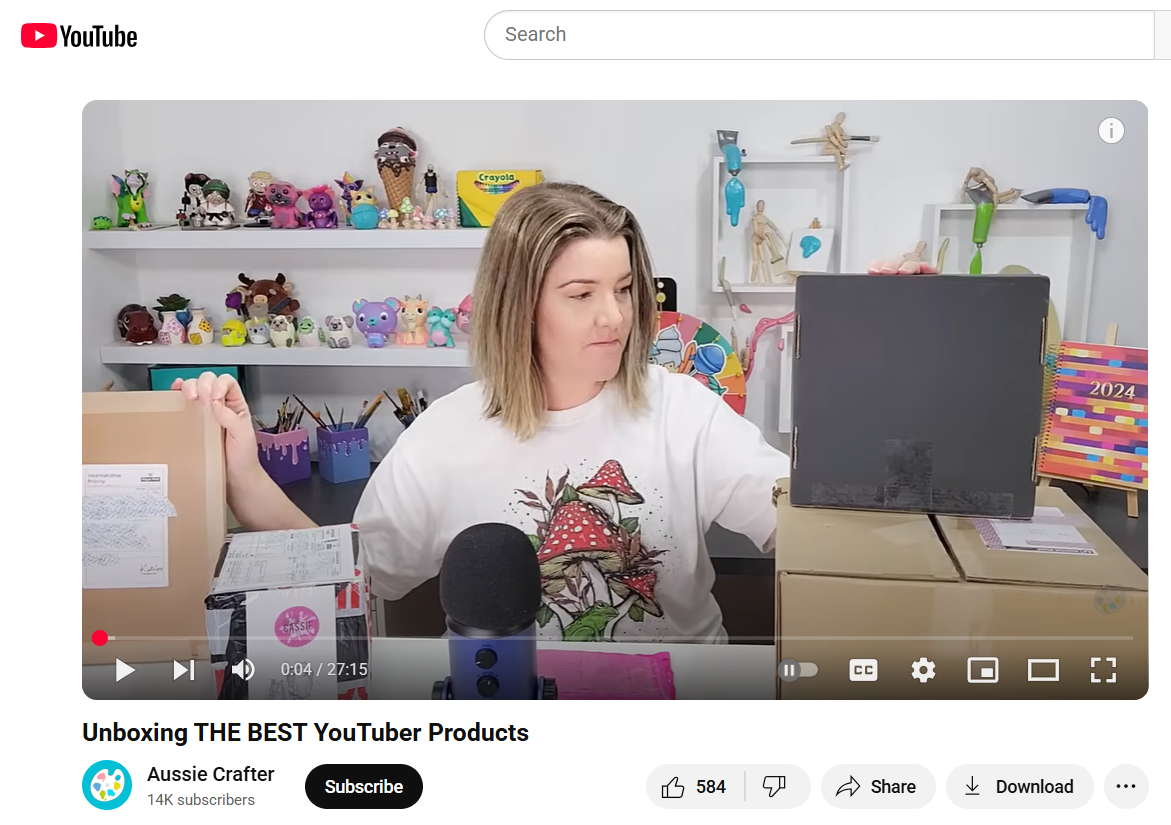
This is especially true in ecommerce, where buyers can’t touch or try the product first. Ads that simulate that experience (showing how something fits, sounds, or behaves in action) build trust and remove doubt.
Video is clearly the ideal channel here. It brings your products to life in ways images and text simply can’t. And when it’s layered with supporting elements like a voiceover, captions, and (most importantly) some degree of storytelling, your product becomes THE solution customers have been searching for.
Make It Easy to Buy From the Ad Itself
This might be the most overlooked piece of the product ad puzzle today. Friction kills conversions. The longer it takes to get to the checkout, the more likely shoppers are to bounce.
That’s why brands are moving toward formats that cut out extra steps. Think shoppable videos, interactive flows, and click-to-buy integrations right within the ad. These approaches remove the guesswork and let buyers act on impulse, in a good way.
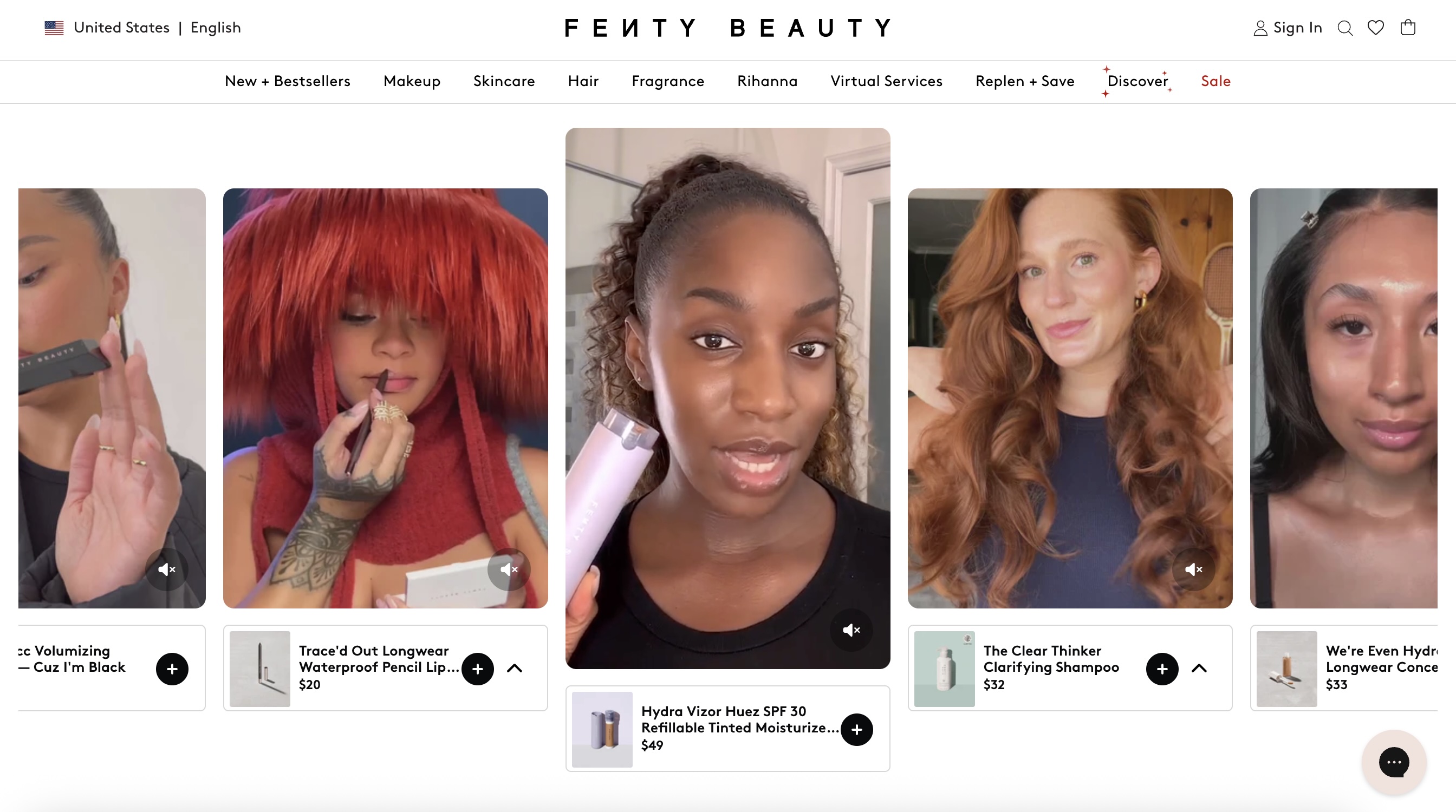
Brands using formats like this see dramatically better engagement, including visits that last longer and add-to-cart rates that soar. Basically, the fewer hoops a shopper has to jump through between seeing your ad and owning your product, the higher your conversion rates climb.
How Tolstoy Helps Turn Shoppers Into Buyers
You’ve already done the hard part. You’ve built a solid brand and drummed up some level of interest with your audience. But if your product pages feel like so many others out there (with simple images and descriptions), you’re only scratching the surface of your brand’s potential.
And that’s where Tolstoy steps in with expertly curated AI-powered video ads tailored for ecommerce brands.
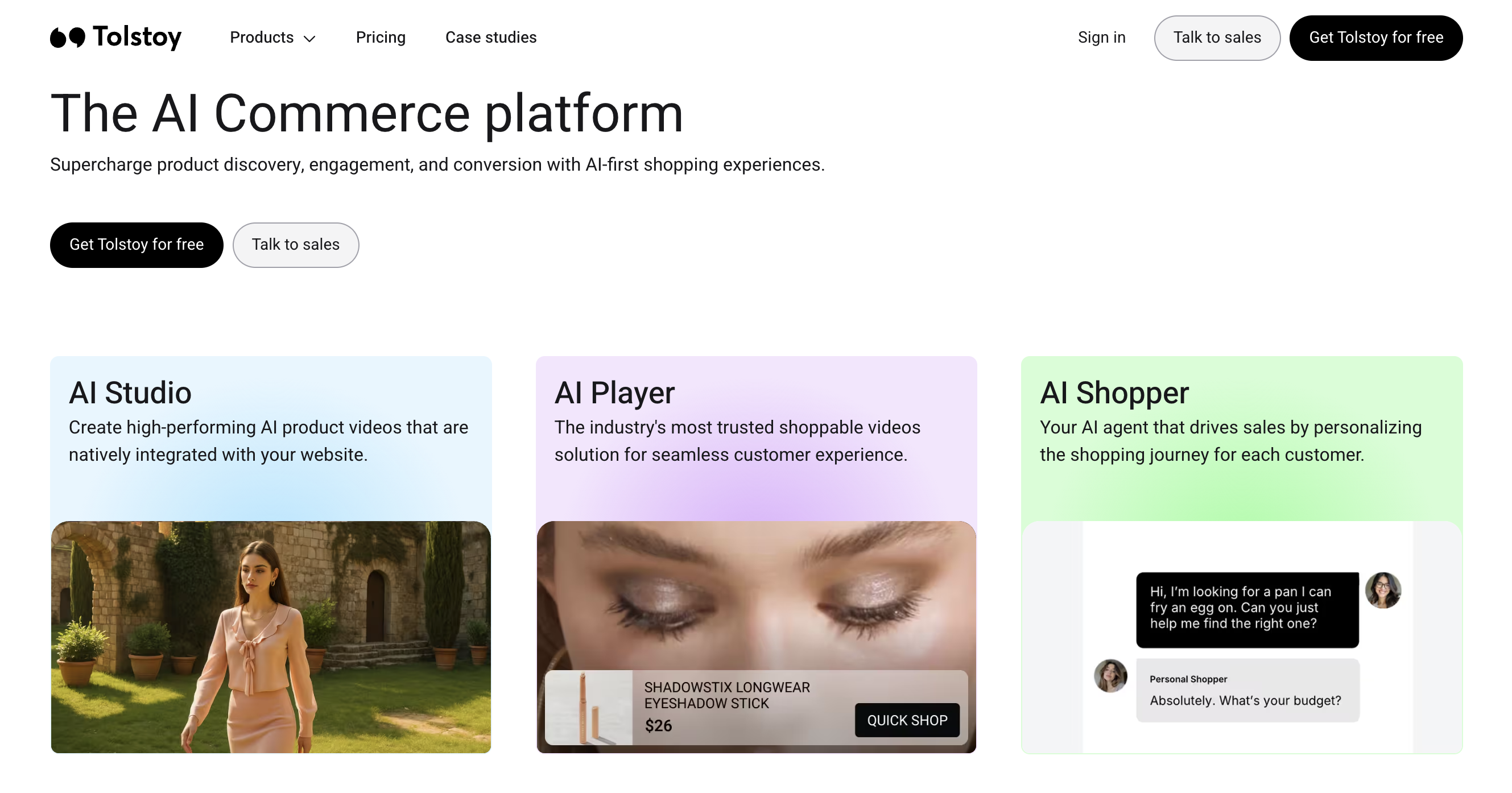
Imagine taking your existing product images and turning them into:
- Demo videos that show your backpack’s waterproof zipper in action
- UGC-style clips that show different AI models wearing your latest collection
- Before/after carousels where tangled jewelry becomes organized with your storage tray
Instead of flat product pages, your shoppers get guided, interactive video journeys that feel like having a personal shopping assistant (think “choose your own adventure” style). Tolstoy essentially breathes life into your brand’s product pages with exceptional quality videos that adapt to your customers’ preferences and priorities.
Setting up Tolstoy is effortless, performance is easy to track, and support is not only highly responsive, but genuinely helpful.
The cherry on top? Tolstoy is one of the very few video generation platforms that integrates smoothly with Shopify and other ecommerce platforms, so you’re not rebuilding your entire tech stack. But don’t just take our word for it. Here are just a few of what our users say:
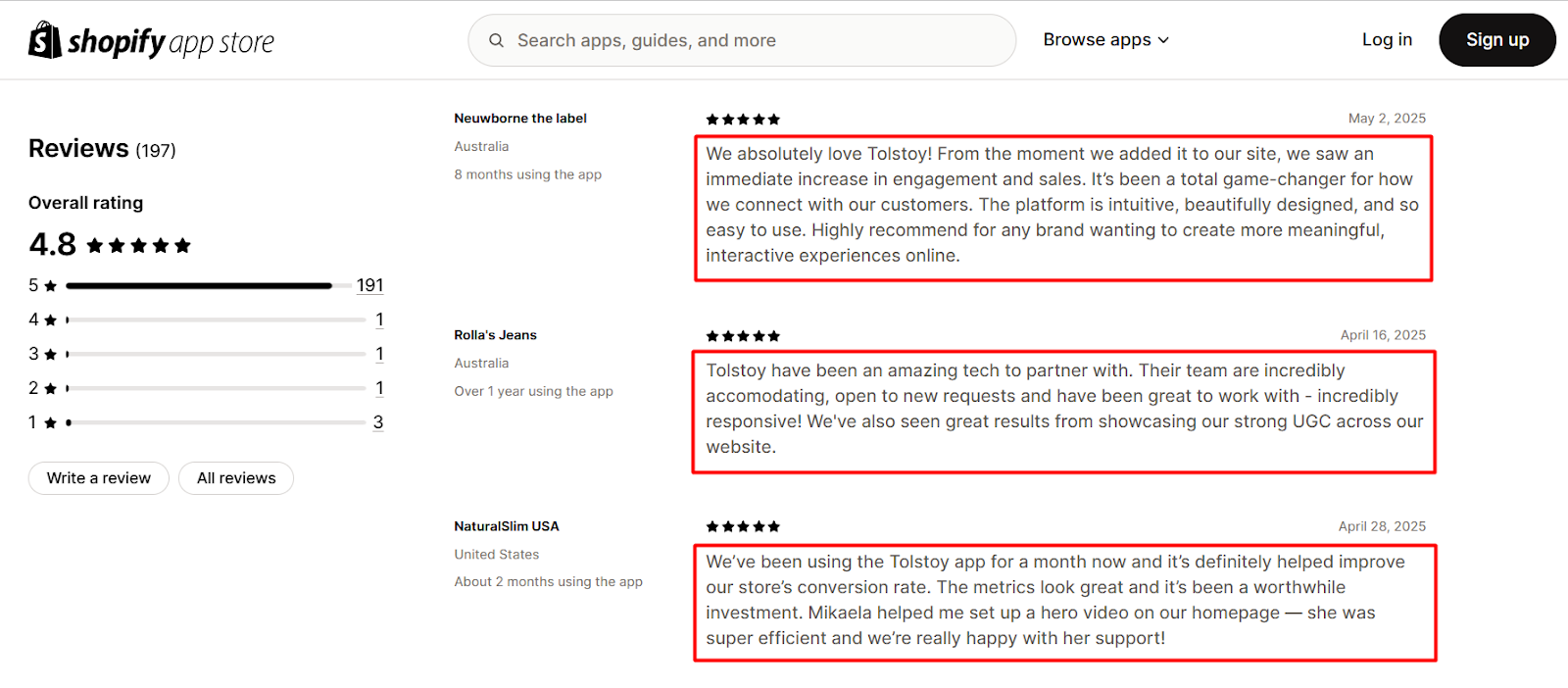
Video ads are now one of the most effective mediums to close the gap between interest and action for ecommerce brands. Tolstoy gives you the tools to do it at scale with zero friction. Get in touch today.
Key Takeaways
Great product advertising doesn’t shout. It connects. It answers the one question on every shopper’s mind: Why should I care? That’s the difference between noise and influence. Between scrolling past and clicking “buy.”
If you’re ready to turn curiosity into action, video is your best bet, especially in ecommerce. And with Tolstoy, it’s not just any video. It’s personal. It’s interactive. It meets shoppers where they are, then moves them forward. Try Tolstoy for free today.
The AI commerce era is here!
Ready to accelerate your brand?
More stories

3 Best Shopify Themes With Video Headers
Video headers are a great way to capture the attention of potential customers. Check out three Shopify themes with video headers to choose from for your store.


